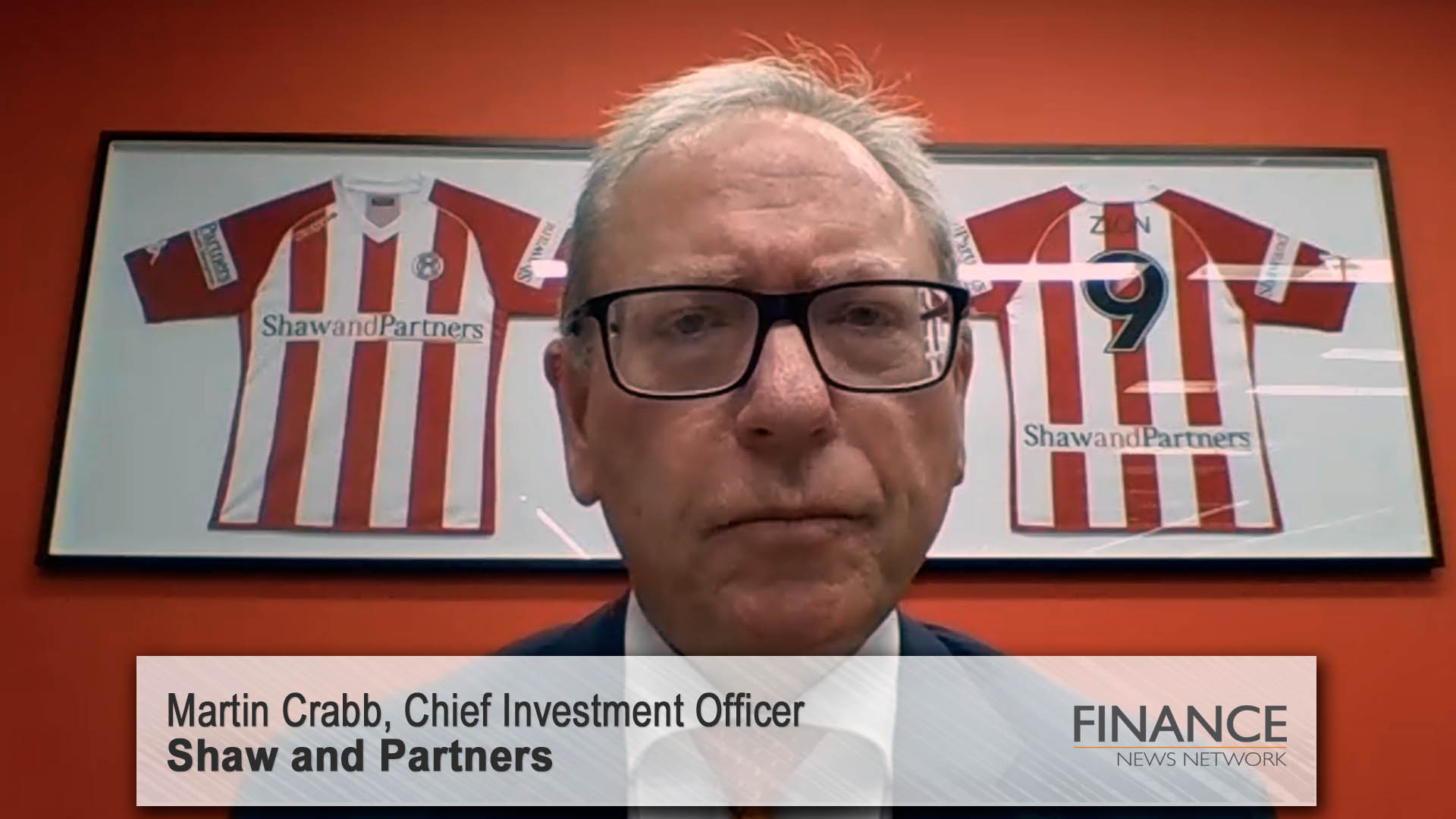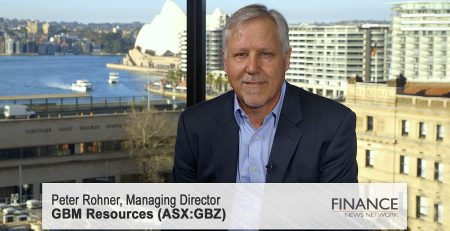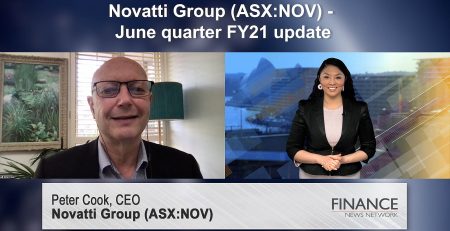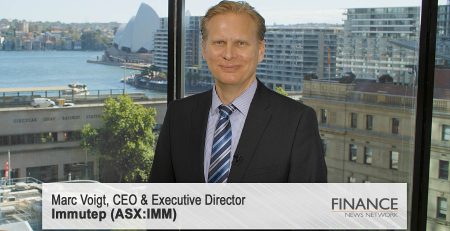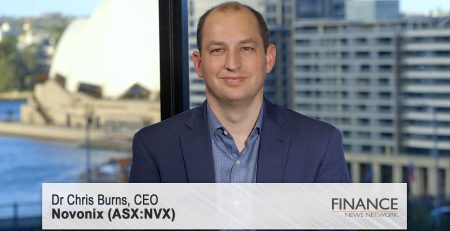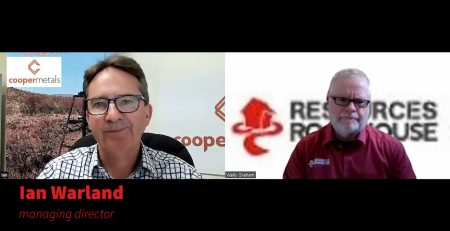Market update with Shaw and Partners, March 2021
Shaw and Partners Chief Investment Officer Martin Crabb discusses historical precedence for recovering from government spending, the possible rise of interest rates, labour market data, and investment strategies in this environment.
Thanks Clive, and welcome today, coming to you from very wet Sydney. It's absolutely pouring rain outside. And so I'm not going out for lunch today. I'm going to have lunch at my desk. So I'm just going to spend the next sort of five or ten minutes just to give you a little bit of a background as to how we're seeing markets at the moment. A bit of a view of the reopening trade, if you like. And probably really importantly, to start talking about long-term interest rates, because that's clearly where the market is focused at the moment.
So I'll just start with, I suppose, the news overnight that the Biden administration is looking to kick off a $3 trillion infrastructure package just on the heels of the $1.9 trillion COVID-19 package. To put these numbers into context, the US is a $20 trillion GDP economy, so obviously $4.9 trillion is 25 per cent of GDP. It's an unheard of amount of government spending outside a war-time environment, so that's probably a good point to start.
So, the Bank of England was founded in 1695, and they have records of that economy going back that far. Obviously the United States became a country about a hundred years after that. So, we've got fiscal records of those two big economies going back that far. And the only time you find this level of government spending is the Napoleonic War, the US Civil War, World War I, and World War II. So this would be the fifth time in history that we've seen this sort of government spending and debt-to-GDP levels, which were over 200 per cent in the early 1800s when the Napoleonic Wars were being fought, and well over a 100 per cent again during World War I and World War II.
So, with the amount of government spending and debt that's being taken on by governments at the moment, we're getting back into those sort of territories. So, I think it's a very good history lesson to go back and look at what happened after the war was won. So, if we can maybe slightly prematurely say the war against COVID-19 has been won, because we have a vaccine… Obviously there's variants and there's also different efficacy levels amongst different vaccines. So it's probably going to take a little bit longer and be less of a sweeping victory than we otherwise thought. Notwithstanding that, it does look like most of the population is going to get vaccinated and we'll win this war.
So what happens now, we have a massive amount of debt and we have massive government spending. The government spending is going to go away, and then we're left with a fiscal cliff, and obviously the first part of that is the labour market. So, there's around about 900,000 people in Australia still getting JobKeeper, and there's about five million people out of work in the US who had a job pre-COVID. So, there's still a big gap in the labour market that the government's filling, and so as they roll off this… But the concern then is, okay, we're left with all this debt, we need to pay it off. So, how are governments going to raise enough cash to pay off this debt? And the logical solution that a lot of people will arrive at is they're going to tax their way out of the problem.
So, obviously Biden's already said he's going to reverse some of the corporate tax rates, but history doesn't suggest that's what happens. What history suggests happens is that the central banks have an agreement, if not a written one then a verbal one, to keep interest rates low for a very long period of time to allow the governments to grow their way out of the debt problems. So, you do that by causing inflation and you do that by letting the economy run very hot. And the growth in the economy grows tax receipts, etc, and it reduces the amount of unemployment benefits, etc. So, the government can run a surplus, not having to pay a lot of interest as well, because if interest rates are low, they don’t have to pay interest on the debt, and that's the way they get out of the problem.
Now, that's what's happened every time we've had this scenario in the past. Now, obviously we've had to reach back a long way into history for precedence and how much of a precedence is what happened in 1800 to what's happening today? I mean, arguably it's quite a different environment we're in today. But I think there's some lessons in there for investors that are worried about interest rates shooting up any time soon. The reality is that it actually makes a lot of sense to have inflation, a lot of sense to have very strong economic growth and very, very low interest rates.
So, that's a big departure from why central banks were set up in the first place, which was to control inflation, not to create it. So, these organisations are set up to control inflation, and yet they're being used to stimulate inflation. So, for investors that's very good news; for savers, it's very bad news. So, there is a massive amount of saving that's gone on in the last 12 months around the world. So, what typically happens in recessions is people run down their savings, they lose their job and so they eat into their bank deposits, and that's typically what happens during a recession. During this downturn, the savings rate has gone absolutely berserk. It's been over 20 per cent in both the US and Australia. And China, which normally saves 30 per cent of its income as savings, has reached almost 40 per cent level of savings. So, there's hundreds of billions of dollars more in bank accounts today than there was a year ago in Australia, and you can multiply that around the world. So, there's massive pent-up demand that we don't typically get in recessions. In recessions, demand gets destroyed and then slowly creeps back. Because of all this cash that's sitting on the sidelines, there's a turbocharge in the economy.
Now, that started to show up in the labour market in Australia. It hasn't shown up in a lot of other places because they're still dealing with COVID. We've sort of dealt with COVID, so we're now returning to work in record numbers. So, the labour data that was out last week is a very good indication that the Australian economy is recovering really, really fast, which is fantastic news because, as I said, we've still got about a million people on JobKeeper. But as that labour market recovers strongly, and that's without us opening our borders, those people should get back to work pretty quickly.
So, we're in a scenario where interest rates are going to be zero for three years. Most of the central banks have said that. And yet we're going to have very strong economic growth. So, there’s a real push and pull in the markets between the bond market, which is starting to price in higher inflation… And overnight US tenure inflation expectations went up to 2.3 per cent. That's the highest they’ve been for a while, and they've been going up pretty much in a straight line. On the one side, you've got higher bond yields responding to those higher inflation expectations. On the other side, you've got very strong earnings growth. So, I'm sure the companies that are talking to you today are experiencing a pick-up in their business, and they're probably looking forward to the future with a high degree of optimism that their products and services will continue to grow going forward.
So, I think it's a very good time to be a growth investor, but there are going to be speed wobbles along the way, because as the long-term bond yield starts to price in higher inflation expectations, you will get a softening in P/E ratio. So, we've already seen that. The P/E of the Aussie market has gone from 22 to 17, but at the same time the earnings are growing.
So, I think the key in this market is not necessarily to worry too much about the bond market, it's to make sure that you're focusing on growing your revenue and growing your earnings per share, and then that will sort of take care of it. So, we're still positive the Aussie market, and we probably favouring small companies over large companies because they've got stronger growth dynamics. So, with that, I'll pass it back to you, Clive.
Ends
Copyright 2021 – Finance News Network
Source: Finance News Network

